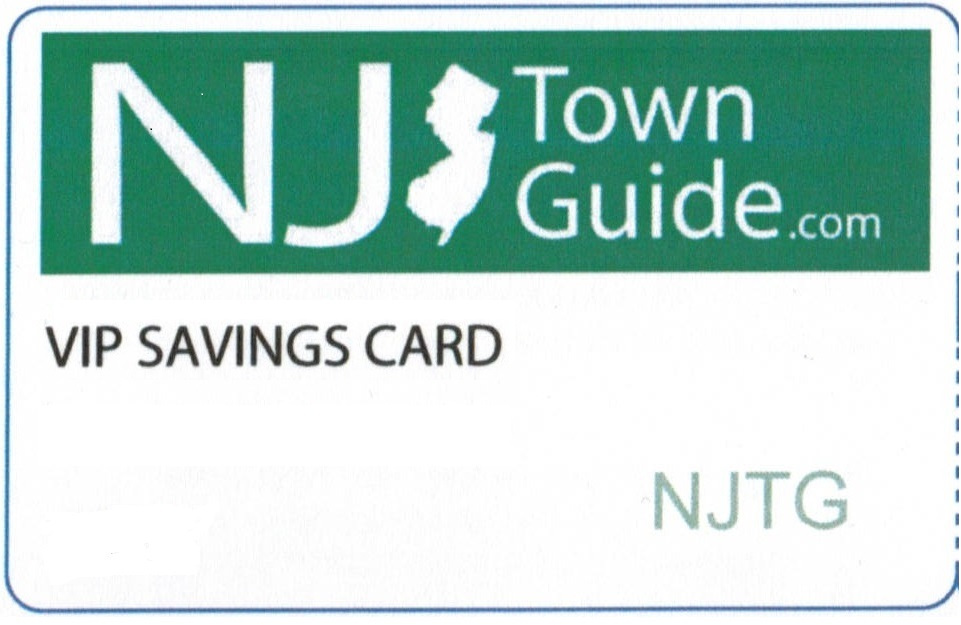Historic Places
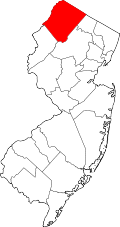
Sussex County Historical Society
82 Main Street
Newton, NJ 07860
973-383-6010
Amity School
Amity Road
Byram Twsp, NJ
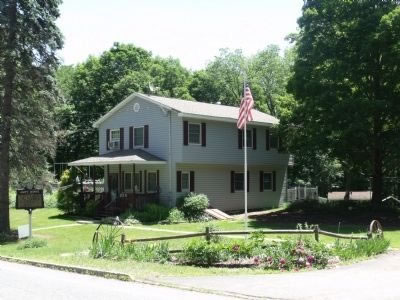
(Photo by Cherly (Rome) Thom, courtest of HMdb.org)
The Amity School was built in 1840, and in continuous use
until June 1936. When it was being built, Byram Township
included part of Sparta Township, and all of Stanhope and
Hopatcong Boroughs. Stanhope road did not reach from
Green Road to Tomahawk Lake. Students came from
areas now known as Tomahawk Lake, Seneca Lake,
Byram Cove, Bear Pond and Lackawanna Road.
The building was sold in 1940 to William Roleson, then to
Katherine Spranger Riker, whose son William is the
present owner. Students filled Amity School, due to local
industries; farming, mining, and producing charcoal and railroad ties.
Augusta Hill Baptists Cemetery
Augusta Hill Road
Franklin Township, NJ
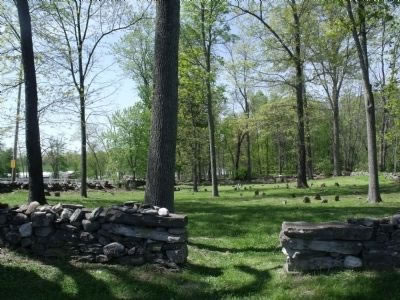
(Photo by Cherly (Rome) Thom, courtest of HMdb.org)
In 1750, several families left the Congregational Church of
Mansfield, CT relocating to New Jersey with William Marsh,
their spiritual leader. Building a log meeting house here,
they associated with the Baptist faith in 1750. As the church
prospered, members were released to establish congregations
in Wantage, Hamburg and Newton. In 1830, the congregation
relocated to Lafayette, citing a better location for river baptistms.
The cemetery was used for three generations of the Morris
family, neighbors and slaves. Moses Morris (1743 - 1827),
buried here, enlisted at 16 in the Frontier Guard during the
French and Indian War, and during the Revolution harassed
residents loyal to Britain.
Bell's Mansion
11 Main St
Stanhope, NJ 07874
973-426-9977
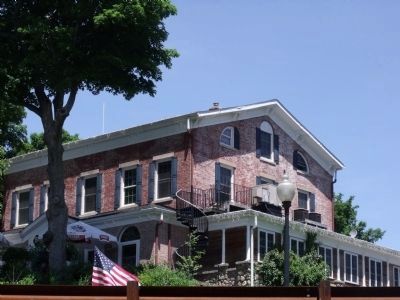
(Photo by Cherly (Rome) Thom, courtest of HMdb.org)
Bell’s Mansion was built between 1835 and 1840 by
Robert P. Bell, a renowned local businessman. He was
President of the Morris Canal & Banking Company as well as
the owner of various mills. The 60-acre iron works track was
purchased by Bell in 1835. Located in the center of Stanhope,
this vast land area included the site of the present brick house
which Bell constructed for his residence atop the hill overlooking
the Morris Canal. After several other owners, the brick house
was purchased by Herbert K. Salmon in 1905. He and his
brother, Jerre B Salmon, formed Salmon Brothers Construction
Company, the builders of New Jersey’s first concrete highway.
After making many contributions as the member of various
local affiliations, Mr. Salmon died at his home in Stanhope
at the age of 99. The Salmon heirs retained the property
until 1977. The residence was then sold after being in the
family for 72 years. Now used as a restaurant.
DAR Van Bunschooten Museum
Route 23 North
Wantage Township, NJ
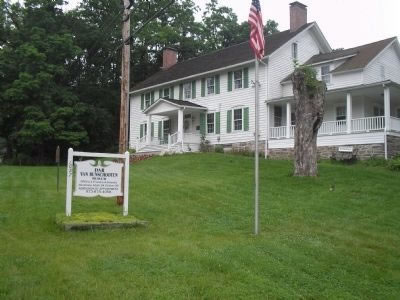
(Photo by Bill Coughlin, courtesy of HMdb.org)
This house was built in 1787 as the home of Reverend
Elias Van Bunschooten, a Dutch reformed minister. He was
a farmer, mill operator, and large land owner. The farm was
part of a 1000 acre plantation. The Dutch Colonial house is
post and beam construction. Out buildings include a Wagon
House, Ice House and Privy. The home was given to the
Chinkchewunska Chapter of the Daughters of the American
Revolution by Mr and Mrs Clifford Ramsey in 1971.
Fredon
Phil Harden Road & Route 94
Fredon Township, NJ
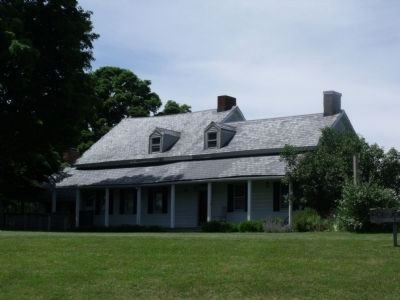
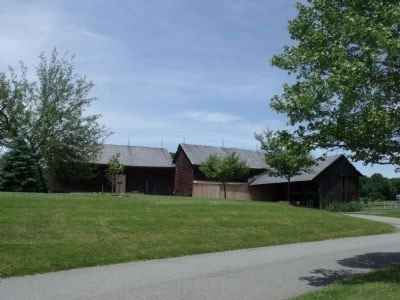
(Photo by Cherly (Rome) Thom, courtest of HMdb.org)
Fredon Township, incorporated in 1904 became the last
town in Sussex County and the only so named in the Country.
Fredon, and name proposed for our nation in the early 1800's
means a place of peace and freedom. The Route 94 crossroads,
known as Coursen's Corners, became a town center in the
early 1800's when the Coursen Family has a school, store
and blacksmith shop here. The Fredon Post Office operated
from 1834 to 1901. The Paulins Kill forms the town's
Western Border. The East-West Jersey Partition Line
crosses through the township. John W. Griggs became
New Jersey's Governor in 1895.
Joseph Sharp's Iron Works
Gingerbread Castle Road
Hamburg, NJ
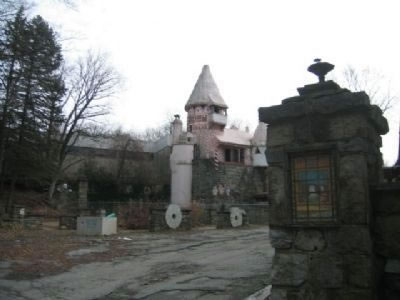
(Photo by Mary Ellen Coghlan, courtesy of HMdb.org)
In 1768, Joseph Sharp erected a forge and furnace on the
Wallkill River. The village around the Sharp Iron Works
became known as Sharpsborough, later becoming Hamburg.
Due to the expensive nature of the venture and competing
forges, Sharp abandoned the property in 1774. Stephen Ford
used it to secretly produce cannonballs for the British during
the American Revolution. After reclaiming the property,
Joseph Sharp Jr. built the stone grist mill in 1808.
Sharp's mill provided the flour for the American troops of the
War of 1812. The mill continued to serve the needs of the
agricultural community of Sussex County.
Old Schoolhouse and Firehouse Museum
Intersection of Passaic Avenue and Route 517
Ogdensburg, NJ
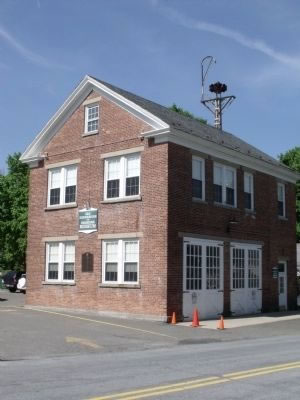
(Photo by Cherly (Rome) Thom, courtesy of HMdb.org)
Built in 1910 as Ogdensburg's fifth public school,
it was adapted for re-use in 1930 as Ogdensburg's
first firehouse. In 1989, with the aid of two
state grants, the Ogdensburg Historical Society
adapted it fro re-use and dedicated as the
Old Schoolhouse and Firehouse Museum.
After 97 years, the Museum continues to serve
the Borough of Ogdensburg as an historical
learning and preservation center, and a
meeting hall. On June 10, 2006 it was dedicated
as an Ogdensburg Historic Site.
Price's Switch Schoolhouse
Price's Switch and Meadowburn Road
Vernon Township, NJ
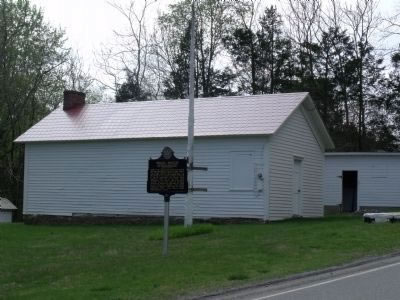
(Photo by Cherly (Rome) Thom, courtest of HMdb.org)
Built in 1840, Price's Switch Schoolhouse was the last
one-room schoolhouse to operate in Sussex County.
The building originally stood on Route 94, a quarter mile
north of Price's Switch Road, but was moved to its present
location in 1883. It is the only schoolhouse that survives today
completely intact with its coal stove, desks, chalkboards, and
outhouse, just as it was in operation when it closed its doors
in June 1958. Thousands of children and adults visit the
school to learn about early education. Price's Switch School
was replaced in 1958 with the Vernon Consolidated School,
known today as the Walnut Ridge Elementary School.
St. Thomas Episcopal Church
Route 94 South
Vernon, NJ
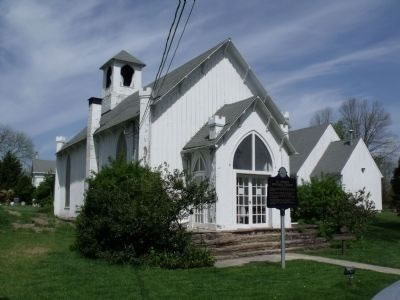
(Photo by Cherly (Rome) Thom, courtest of HMdb.org)
This church was constructed in 1847 at a cost of $1,500 and
was officially incorpated in May of 1848. Records of the
parish date back to 1832. Many of the well-known families
were early benefactors, such as Rutherford, Dekay, Price,
Baird, Allen, McCamley. This is the oldest extent church
building in Vernon Township and is a landmark example of the
mid 10th Century Carpenter Gothic Architecture. This church
was closed in 1971, then served as a home for the Vernon
Township Historica Society from 1977 to 1981. St Thomas
reopened for worship in 1981 and was re-dedicated in March 1983.
The Iron Works at Andover
Route 206
Andover, NJ 07821
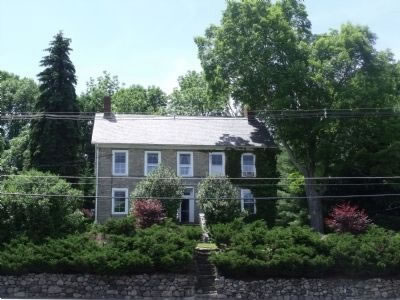
(Photo by Cherly (Rome) Thom, courtest of HMdb.org)
Picture of the Iron Master's house.
Purchased from a large tract of land belonging to William Penn,
William Allen and Joseph Turner started their ironworks here
in the 1760's. Slaves and indentured servants were employed
to extract and process iron ore to produce fine grade iron.
The iron mined here was esteemed as being excellent for
production into steel. The mines, forges, and furnaces at
Andover were confiscated by an Act of Continental
Congresson January 15, 1778 as its owners were loyal
to the British Crown. George Washington's encampment
at Morristown, NJ was in part to protect these works from
falling into British control. The Iron Master's house, occupied
by John Hackett, Allen and Turner's manager, sits above
the ravine in which the iron works was located.
The Westbrook-Bell House
old Mine Road
Sandyston Township, NJ
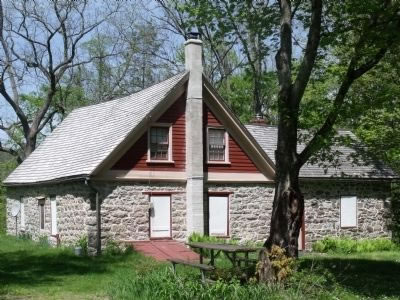
(Photo by Cherly (Rome) Thom, courtest of HMdb.org)
Johannes Westbrook, who was among the earliest permanant
of the Minisink region, built this homestead around the
year 1701. It was subsequently fortified when incidents of
hostility increased between the residents of New York and
New Jersey during the height of the "Border War" between
the two colonies. Ownership of the land was finally secured
from its Lenni Lenape owner for five pounds sterling and a
generous measure of rum. Its the oldest house still standing
in Sussex County.
Thomas Wolverton's Tavern
Pequest Road
Green Township, NJ

(Photo by Cherly (Rome) Thom, courtest of HMdb.org)
In 1735, Royal Governor Jonathan Belcher ordered Sussex
County's Government and Courts to be moved from Log
Gaol to the tavern - house of Thomas Wolverton (1717-1760).
Justice of the Peace and Tax Collector, until a permanent
Courthouse was erected in Newton in 1765. This move
arose from disputes between County Freeholders and
Jonathan Petit, a surveyor and land-speculator, who
attempted to secure personal and economic benefit from
locating the County Seat on his lands. Due to ongoing
hostilities between frontier settlers and Indians during the
French and Indian War, the court sessions were
suspended 1756-1757.
Yellow Frame Presyterian Church
Yellow Frame Road
Fredon Township, NJ
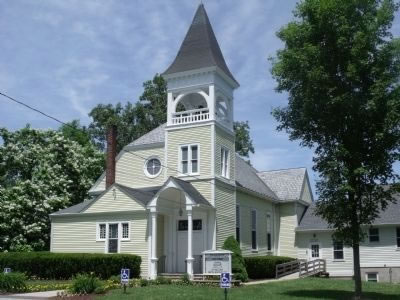
(Photo by Cherly (Rome) Thom, courtest of HMdb.org)
In 1887, bordering "The Great Road" (Route 94) where
Warren and Sussex Counties meet at an elevation of
880 feet, a church and manse were erected as the third
location of this Presbyterian congregation, built in
Victorian Queen Ann style by Simeon Cook of Newton.
In 1750 the began a log church one mile southeast of here.
Land was eventually purchased and a second church was
built in 1786 on this ridge between two valleys. In 1889
this yellow church was incorporated in Sussex County
under its present name.
Attention NJ shoppers!
Get njtgo.com's VIP savings card and get discounts at participating vendors all over the New Jersey.
